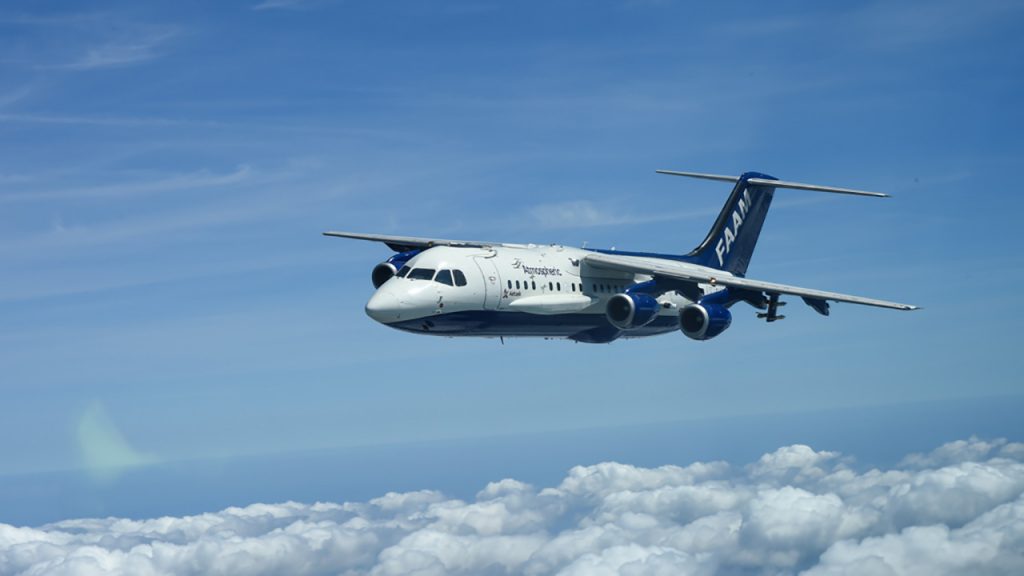A team of scientists are heading to New Mexico to study clouds over the Magdalena Mountains, using the FAAM Airborne Laboratory.
The four week aircraft campaign will observe deep convective clouds, the particles and conditions necessary for them to form, and the effect of climate change on these clouds and associated severe weather.
Deep convective clouds, which look like large stacks of cotton balls and are typically found in the tropics, occur where warm humid air rises up through cooler surrounding air in the atmosphere. The fast rising parcels of warm air drive thunderstorm conditions, such as strong winds and heavy rain and hail.
Deep convective clouds are made up of ice particles – and these are the focus for the Deep Convective Microphysics Experiment research team, also known as DCMEX, over the next month.

The amount and size of ice particles in clouds is influenced by aerosols – suspended fine solids or liquid droplets in the air. Dust, soot, pollen, sea salt, and a range of chemical compounds are the kind of aerosols that typically initiate ice growth.
Aerosols that initiate the growth of ice particles in clouds are often called ice nucleating particles.
The properties and behaviour of ice particles in deep convective clouds in turn affect the type and severity of precipitation, and the amount of sunlight that is reflected from convective clouds – with significant impacts on weather and climate.
Observations of the conditions that create deep convective clouds are difficult to make, which means scientists have had limited access to information about ice in this type of thunderstorm cloud.
During July and August, the DCMEX team is using the FAAM Airborne Laboratory to take to the skies and make detailed measurements of ice particles and aerosols over mountainous parts of New Mexico.
Their observations, made possible by FAAM’s state of the art research aircraft, will take place at the Magdalena Mountains where clear and warm summertime mornings drive upslope winds that can quickly form deep convective clouds.
While these mountains are not in the tropics, they will allow the researchers to observe similar conditions that are usually too challenging to capture elsewhere.
Dr Declan Finney, a Research Fellow in Cloud Physics for the National Centre for Atmospheric Science and University of Leeds says:
“We’ll be collecting unique and high-resolution measurements of cloud ice precursors and formation processes, using instruments like the HALO-Holo that can capture detailed particle structures mid-flight. By flying through air that is being drawn into the convective clouds, we will collect samples of aerosols and ice particles using instruments mounted on the research aircraft. This in situ data will be compared to measurements being made on the mountain tops and the surrounding areas, observations from a network of radars, and via satellite imagery.”
DCMEX scientists will apply the new data to improving small scale imagery of individual cloud ice particles, and will feed the information through to computer models that make forecasts of severe weather and climate change projections.
Professor Alan Blyth at the National Centre for Atmospheric Science, who is leading DCMEX, explains:
“It is hoped the observations can inform a key weakness in climate change understanding identified by the Intergovernmental Panel on Climate Change. Atmospheric scientists refer to it as the tropical high cloud feedback. That is, how high-altitude clouds in the tropics affect, and are affected by, climate change.”
DCMEX is funded by the Natural Environment Research Council. The team involves the National Centre for Atmospheric Science, University of Leeds, University of Manchester, Met Office UK, University of Oklahoma, and New Mexico Tech. For more information about the project, visit the DCMEX website.
